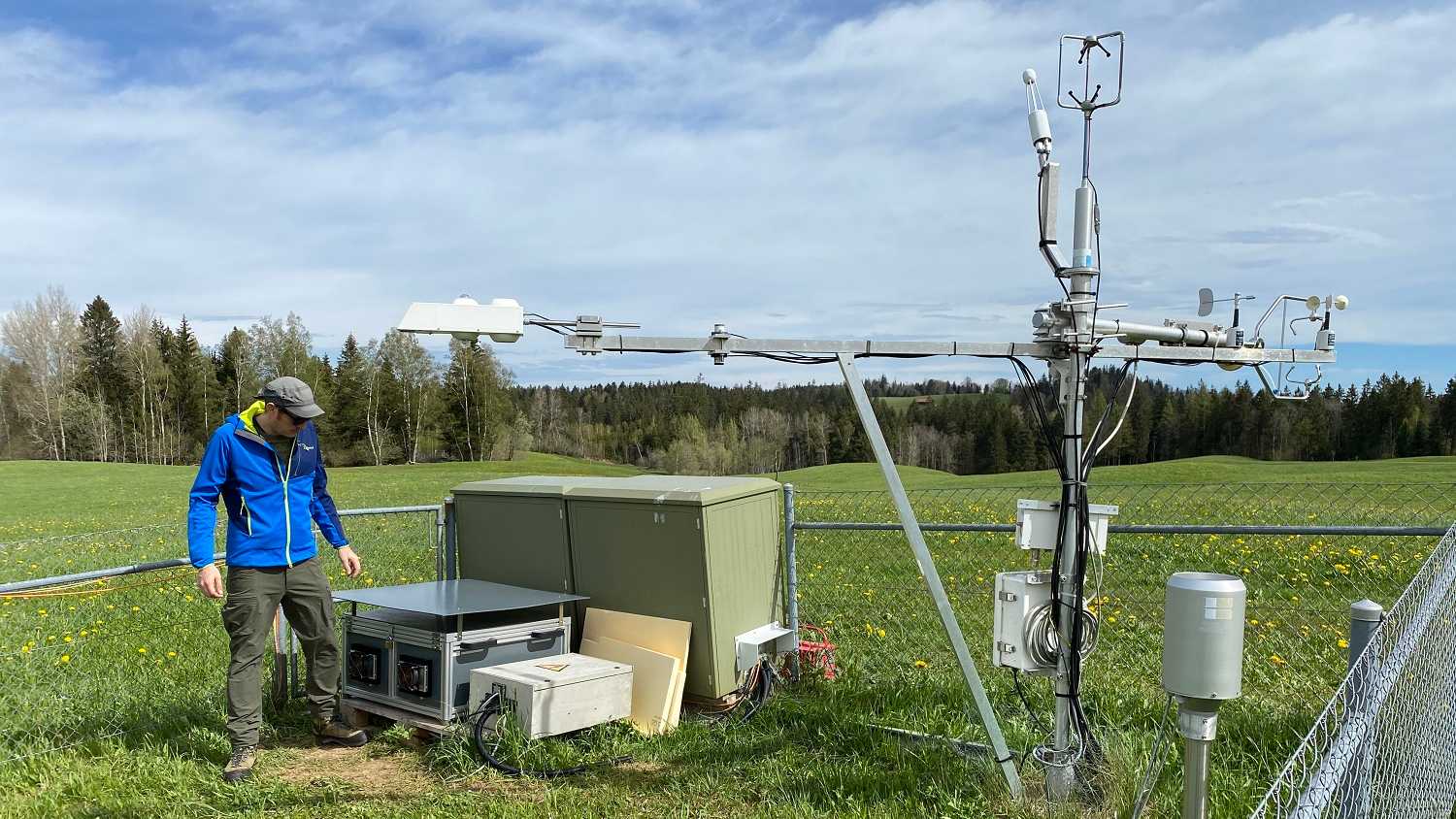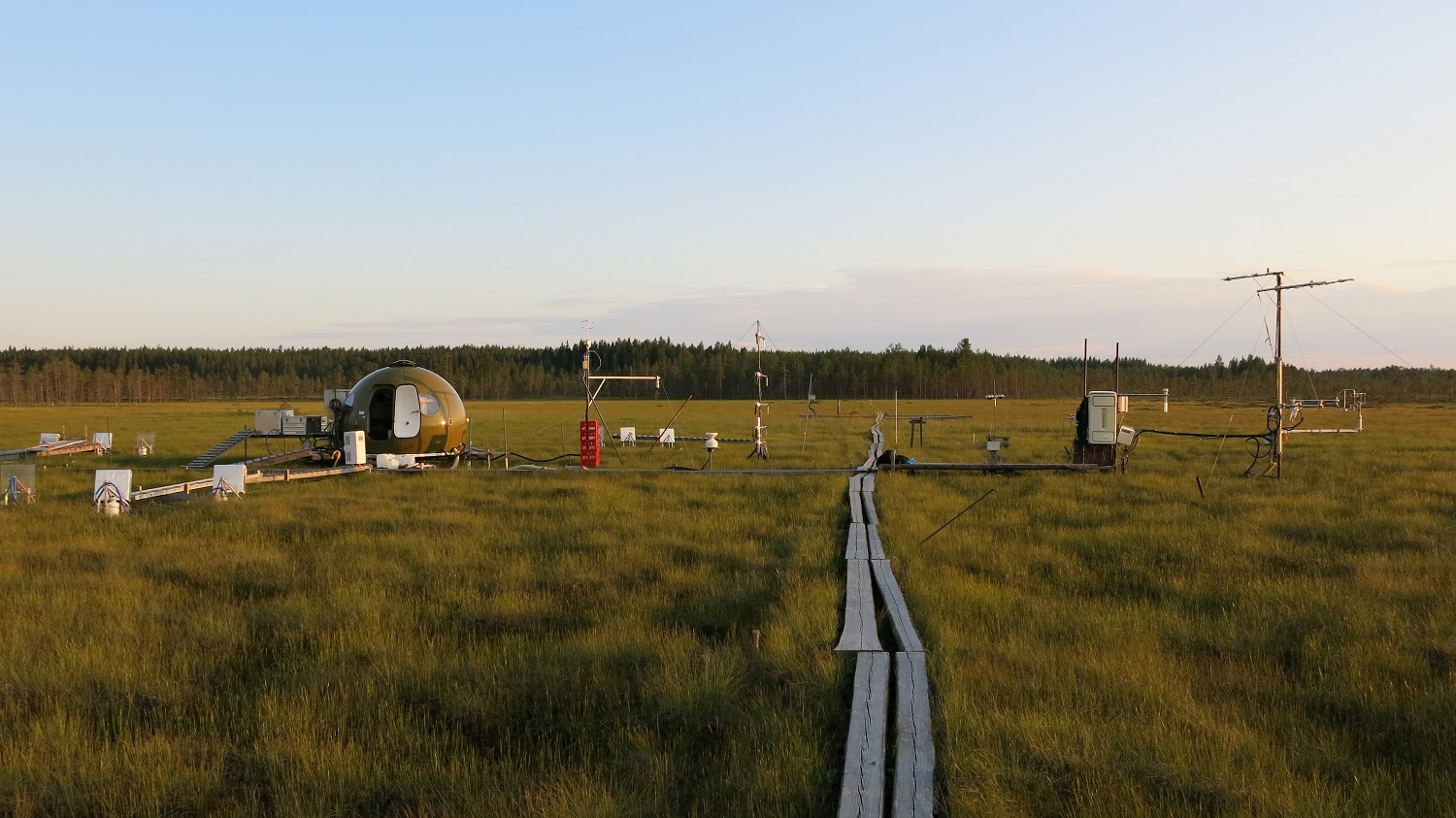Eddy Mercury 2.0: Resolving temporal dynamics of grassland-atmosphere exchange of Hg0 with Eddy Mercury
Context
Mercury (Hg) is a global pollutant that is emitted to the atmosphere from various natural and anthropogenic sources. Gaseous elemental Hg (Hg0) is the predominant form of Hg in the atmosphere and is subject to bi-directional exchange with the Earth’s surface. The terrestrial Hg0 flux, however, is ill-constrained because our understanding of the influences of vegetation and other environmental drivers on the Hg0 flux is limited. So far, only a few studies have analyzed Hg0 exchange on multi-seasonal time-scales. A formidable obstacle to more such studies is the lack of an easy-to-deploy method to provide accurate, representative data. Hence there is an urgent need for both direct, long-term, ecosystem-scale Hg0 flux measurements, and a suitable methodology for making those measurements. Eddy covariance (EC) is the established technique for greenhouse gas flux measurements, but EC has hitherto not been feasible for Hg0 in natural environments. However, we recently presented the first EC system (Eddy Mercury) with sufficient accuracy to measure the Hg0 flux over natural surfaces (Osterwalder et al., 2020, AMT). Within this collaborative project between the ETH Zurich and SLU, we aim to establish a reliable "standard" methodology to open the way for rapid progress in this area of Hg research.
Project aims
The overarching goal of the project is to improve our understanding of the Hg0 flux from vegetated surfaces. In particular, we aim to identify the sink/source strength of a managed grassland in Switzerland.
- Capture temporal variation of the grassland-atmosphere exchange of Hg0 at diel to seasonal timescales.
- Identify the environmental controls (e.g. plant phenology, solar irradiation, soil temperature, soil moisture) driving variation in the Hg0 flux.
- Investigate the influence of grassland management (grass cuts) on the Hg0 flux.
To achieve these goals, we will continue the ongoing testing phase of our Eddy Mercury System 2.0 to make it suitable for long-term deployments at a external pageboreal peatland in Swedencall_made.


